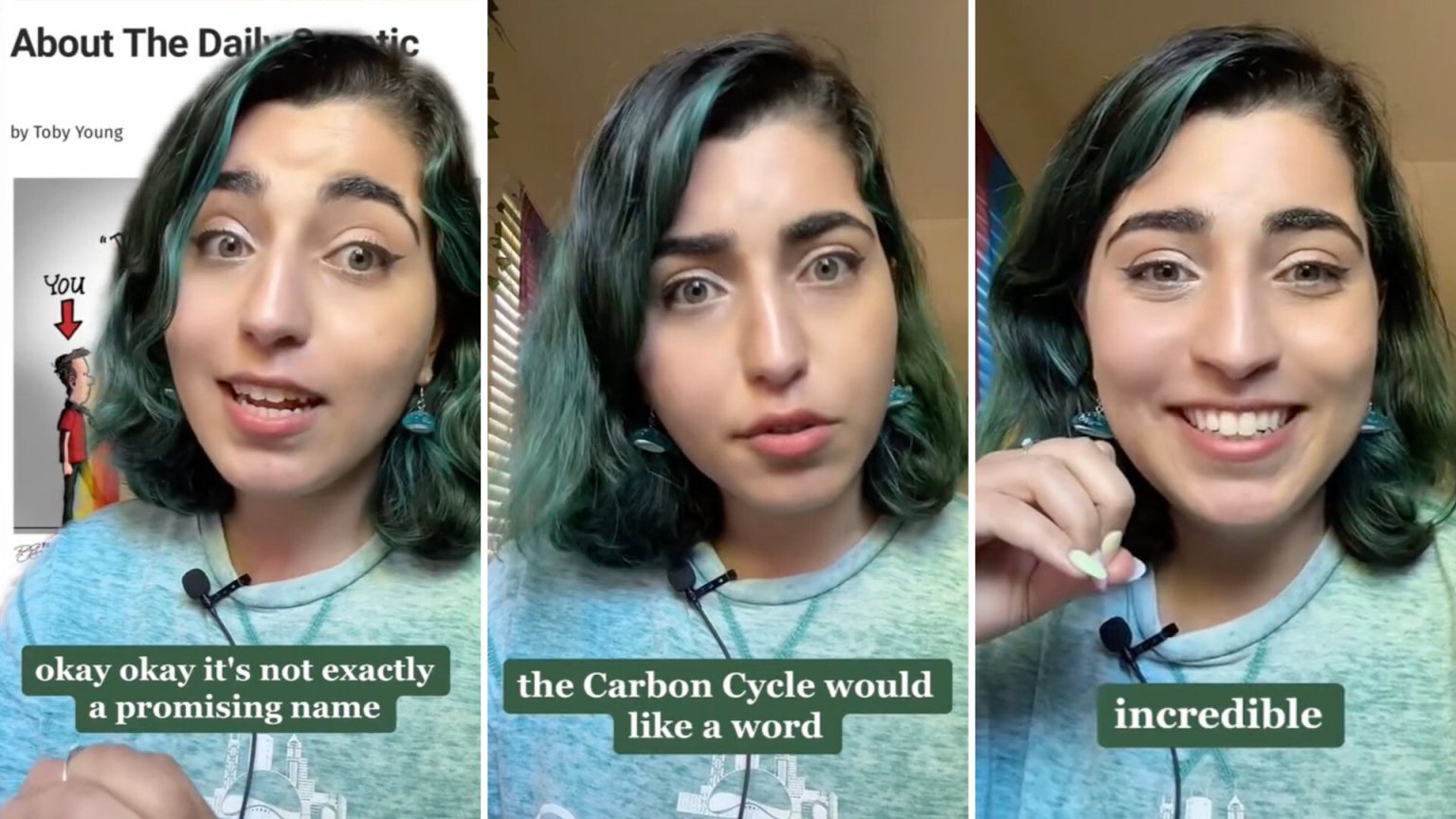Debunking Climate Misinformation: A TikTok Showdown Highlights the Importance of Source Verification
In the digital age, where information spreads at lightning speed, the fight against misinformation has become crucial. This holds true for climate change, a topic often plagued by misleading claims. A recent TikTok exchange exemplifies this struggle, as a science communication PhD student, Sara (@francelot_), publicly debunked the inaccuracies presented by another TikToker who had cited a misleading article from The Daily Sceptic.
Sara’s approach began with scrutinizing the source itself. Checking The Daily Sceptic’s "about page" immediately raised red flags, suggesting a lack of credibility. Proceeding to dissect the cited sources within the article, titled "Scientists Struggle to Understand Why Antarctica Hasn’t Warmed for Over 70 Years Despite Rise in CO2," Sara encountered a highly technical paper, admitting to its complexity even for her. This highlighted the frequent tactic of using complex scientific jargon to mislead those without specialized knowledge.
The original TikTok video, since removed, contained several misleading statements. It claimed that CO2 constitutes only four parts per million of the atmosphere, with most not originating from human activity. While Sara confirmed the statistic regarding CO2 concentration, she crucially added that human activity has increased atmospheric CO2 levels by a staggering 50% since the industrial revolution. This contextualization exposed the deceptive nature of the initial claim.
The climate denier’s assertion that CO2 has no impact on weather was swiftly countered by Sara, who pointed to the carbon cycle as evidence of the interconnectedness between CO2 and climate regulation. Further, the claim that current CO2 levels are historically low was refuted by Sara, citing data from the National Oceanic and Atmospheric Administration (NOAA) demonstrating a consistent upward trend in CO2 levels over the past 800,000 years.
Sara’s debunking extended to the absurd claim that "satanic people" aim to eliminate all carbon dioxide, a statement she dismissed as baseless fear-mongering. This incident underscores the importance of verifying information, especially regarding complex topics like climate change. Reliable, unbiased sources and expert opinions are crucial for discerning fact from fiction.
This TikTok exchange exemplifies the broader issue of misinformation in the digital age. The speed and reach of social media platforms make them fertile ground for misleading claims. Sara’s methodical approach, starting with source verification and progressing to fact-checking individual claims, offers a blueprint for navigating the information landscape. This includes scrutinizing the credibility of sources, consulting primary research when possible, and seeking expert opinions.
The importance of media literacy cannot be overstated. Individuals must equip themselves with the skills to critically evaluate information, identify bias, and seek out corroborating evidence. This empowers individuals to make informed decisions and resist the spread of misinformation. The incident also highlights the role of scientists and experts in communicating complex scientific concepts in an accessible manner, bridging the gap between specialized knowledge and public understanding.
The positive response to Sara’s debunking, as evidenced by supportive comments from other TikTok users, demonstrates the public’s appetite for accurate information and their appreciation for those who actively combat misinformation. This incident serves as a reminder of the collective responsibility to fight the spread of false information and promote informed discussions on critical issues like climate change.
In conclusion, the TikTok exchange serves as a microcosm of the larger battle against misinformation. It underscores the importance of source verification, critical thinking, and open dialogue. As we navigate the ever-evolving digital landscape, these skills become increasingly essential for fostering an informed society capable of addressing complex challenges. The incident also highlights the valuable role of scientists and educators in communicating complex scientific information in an accessible and engaging way, empowering individuals to discern fact from fiction and engage in constructive conversations. The fight against misinformation is an ongoing effort, and it requires collective engagement from individuals, experts, and platform providers to create a more informed and resilient information ecosystem.


